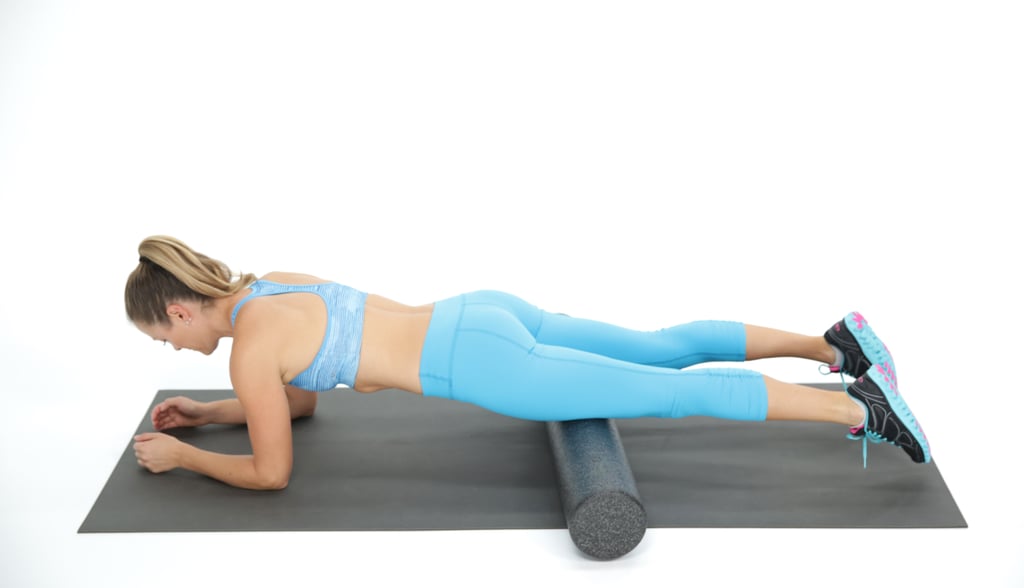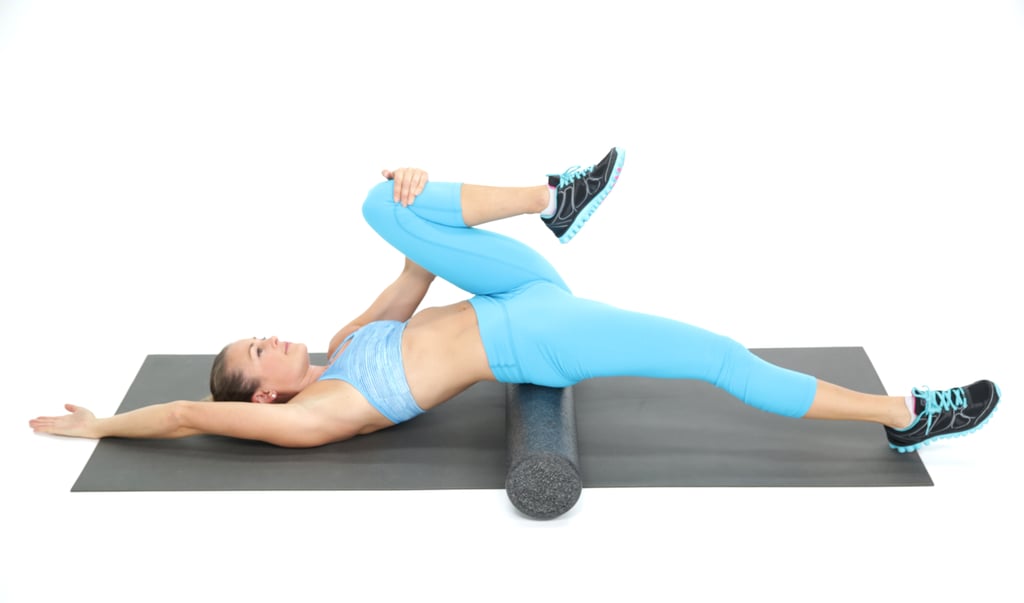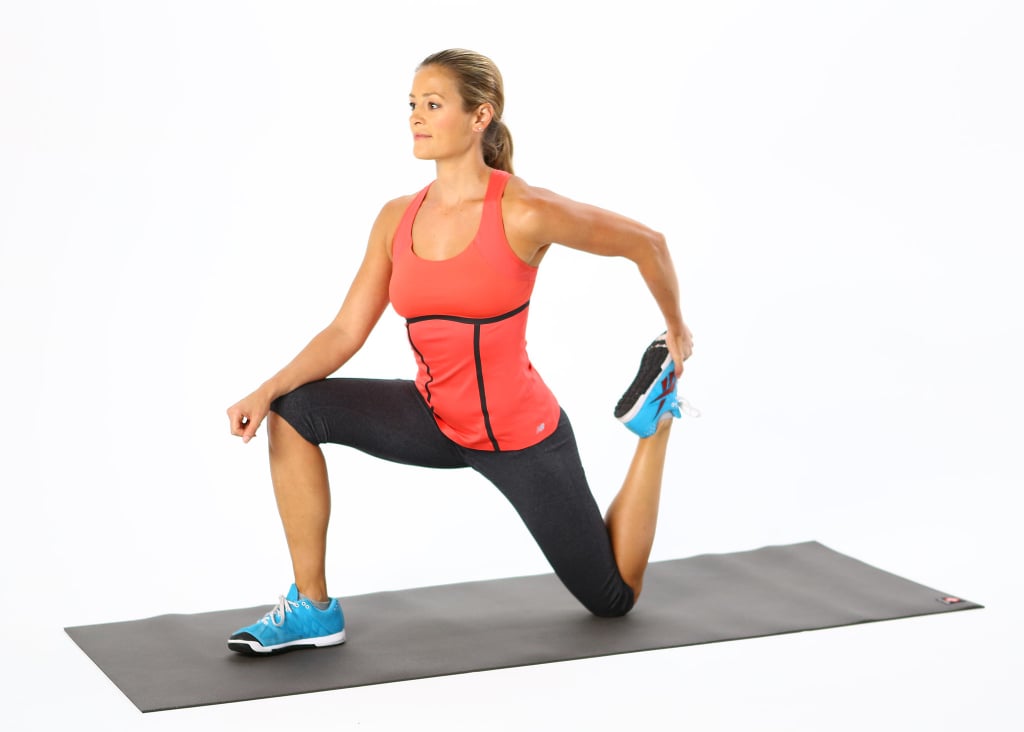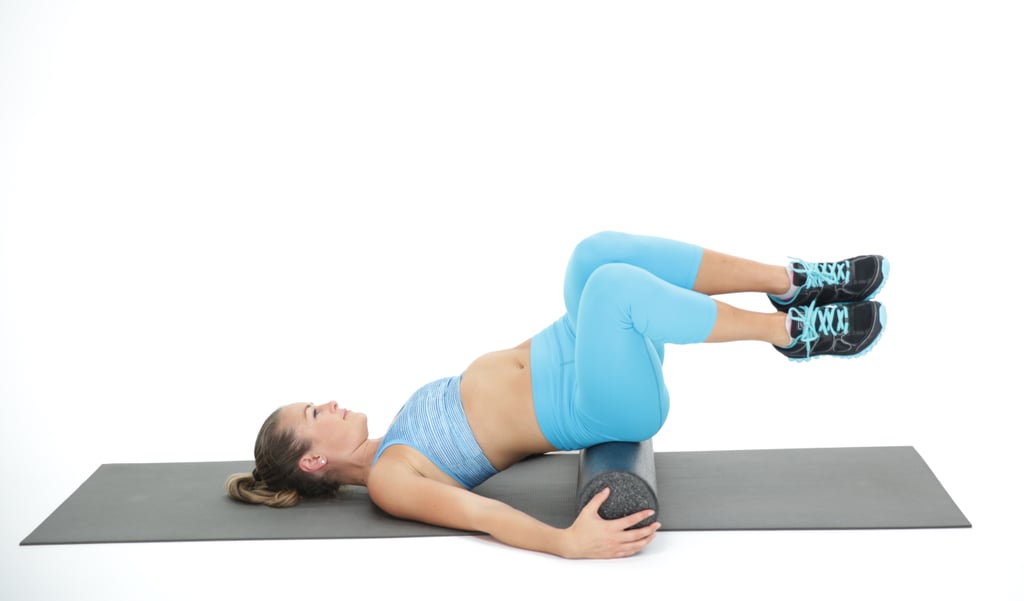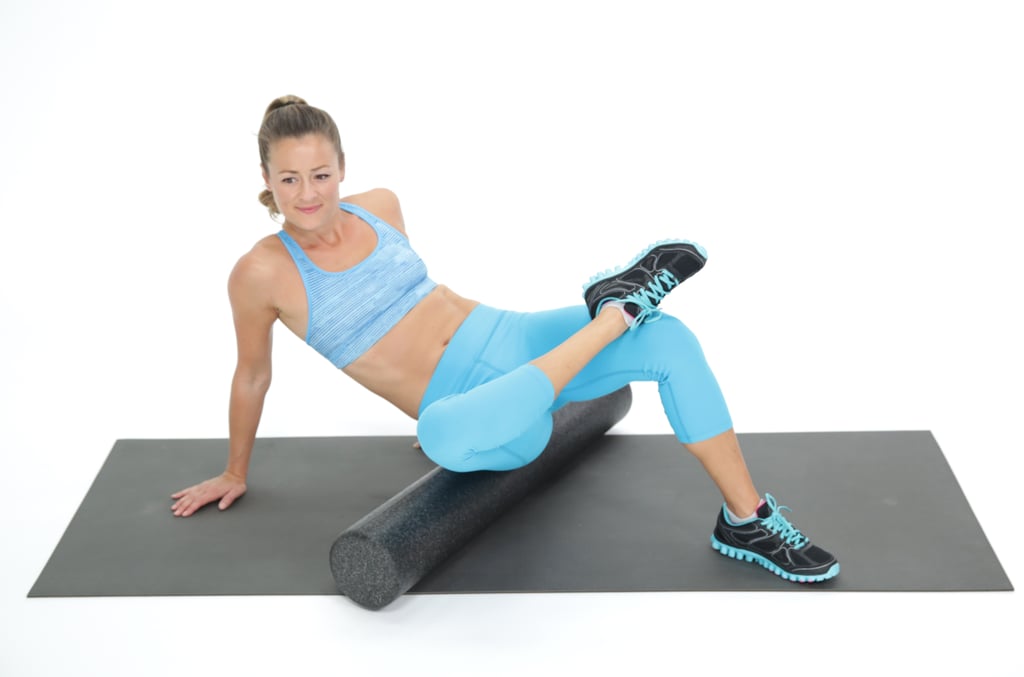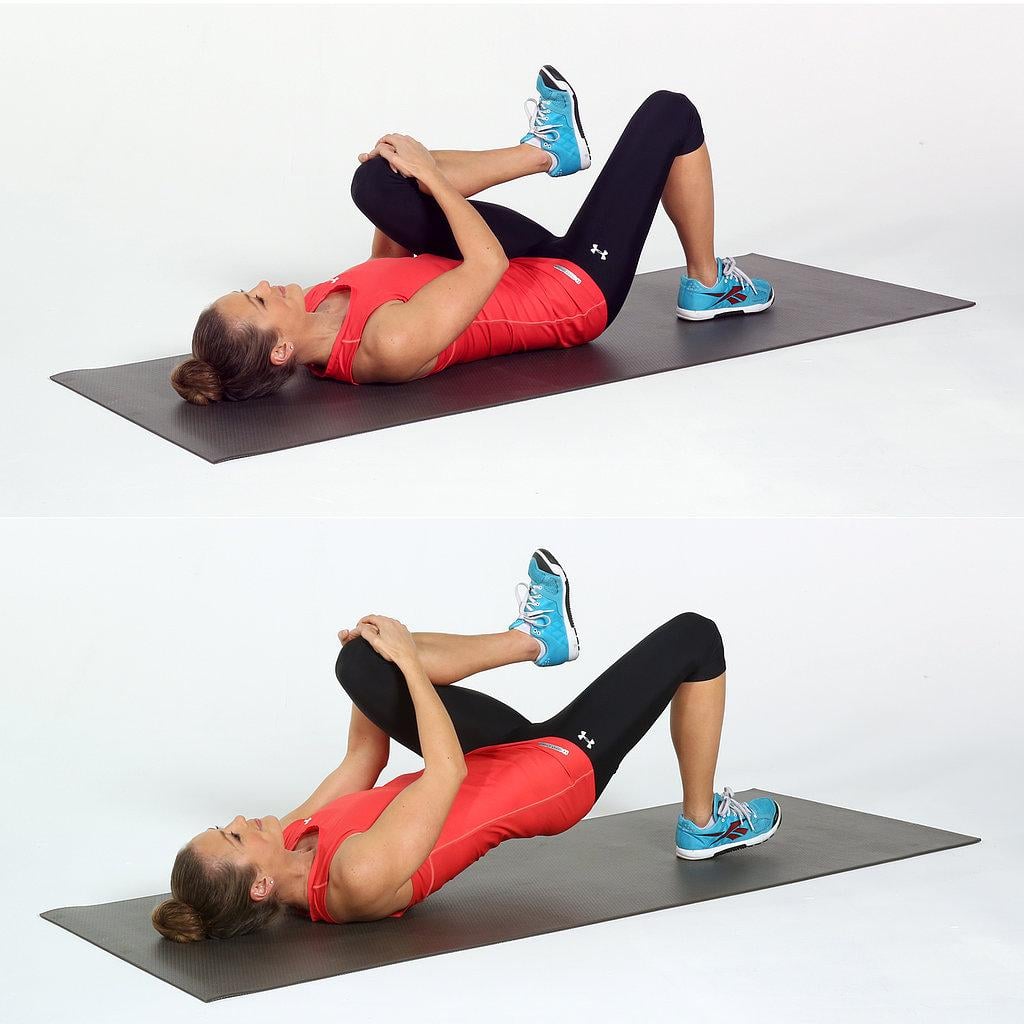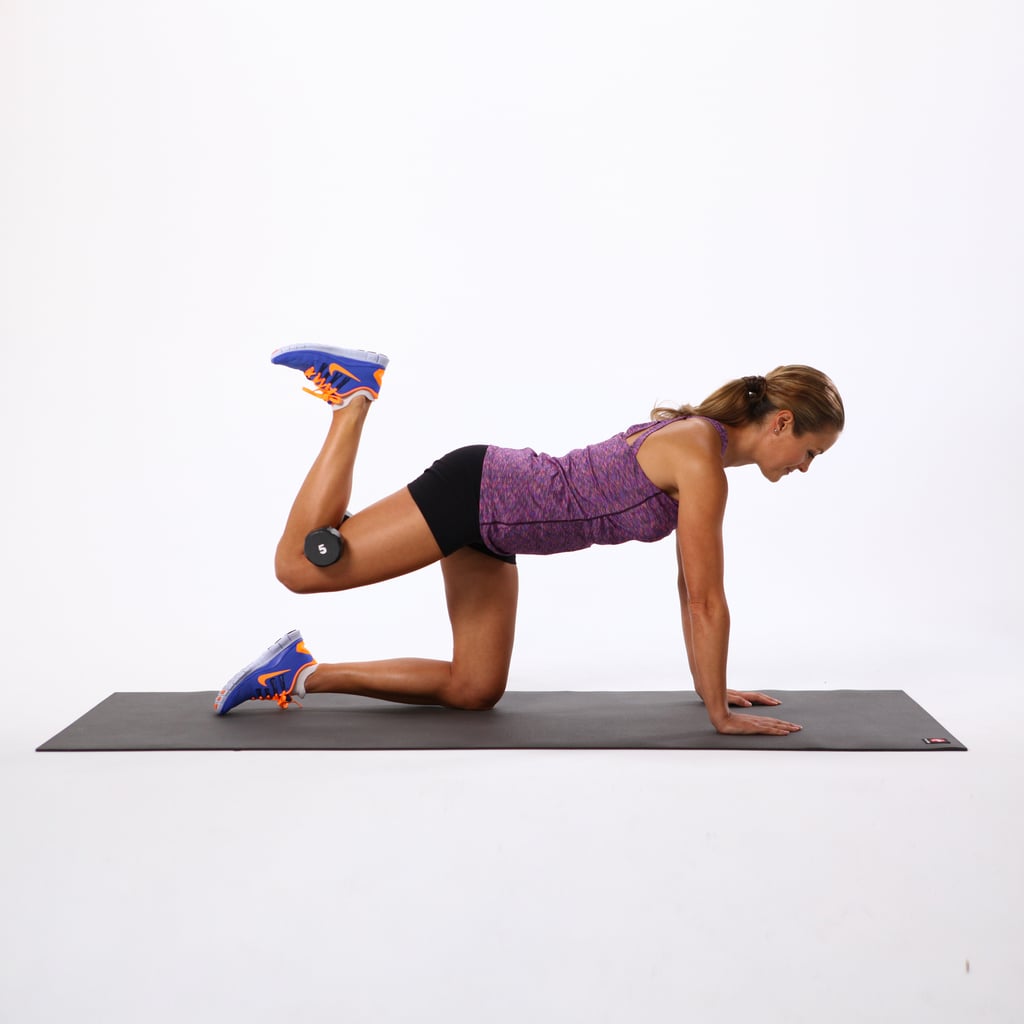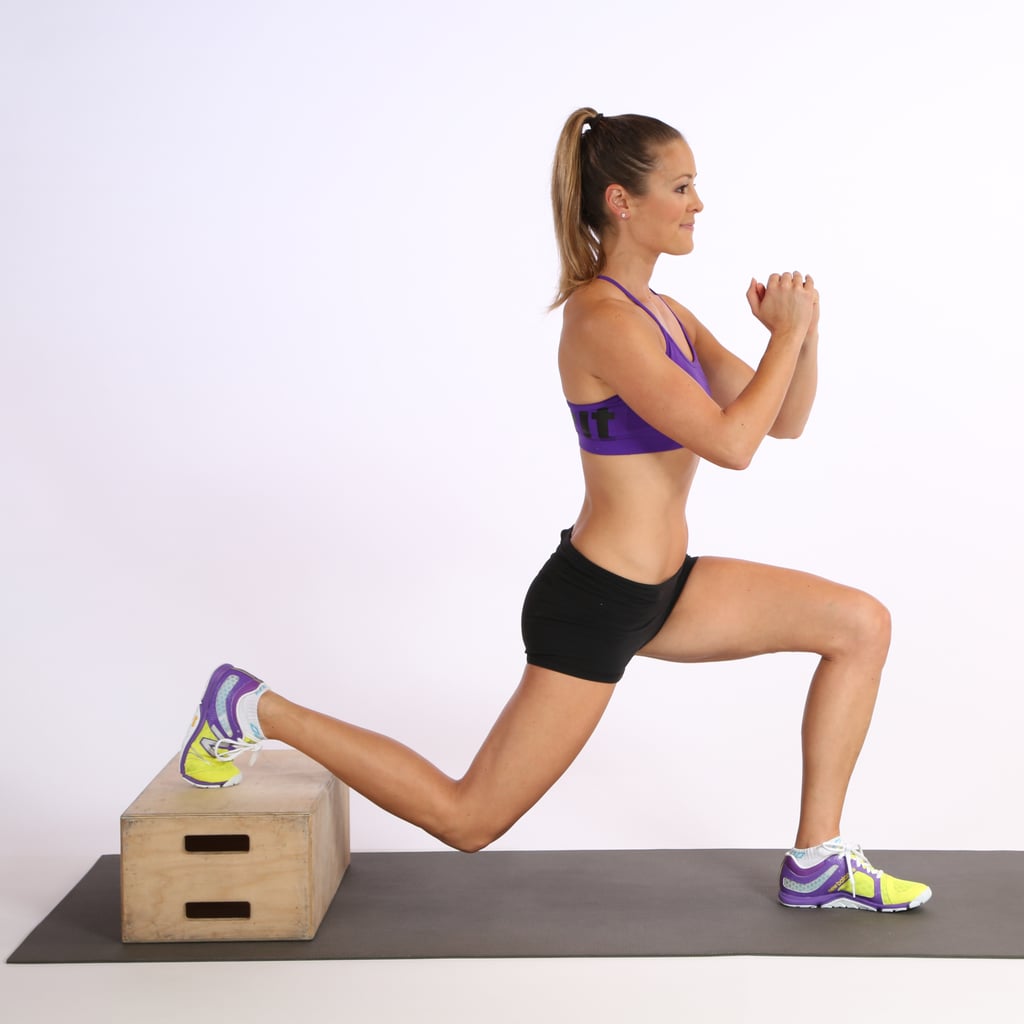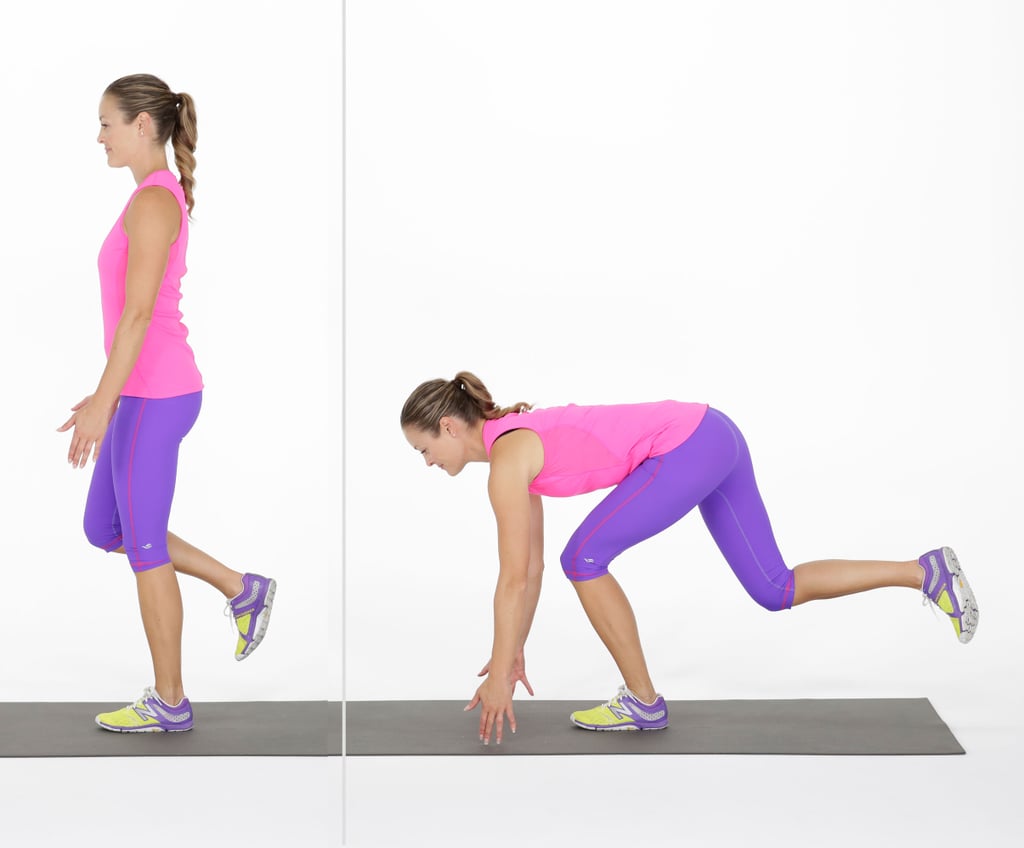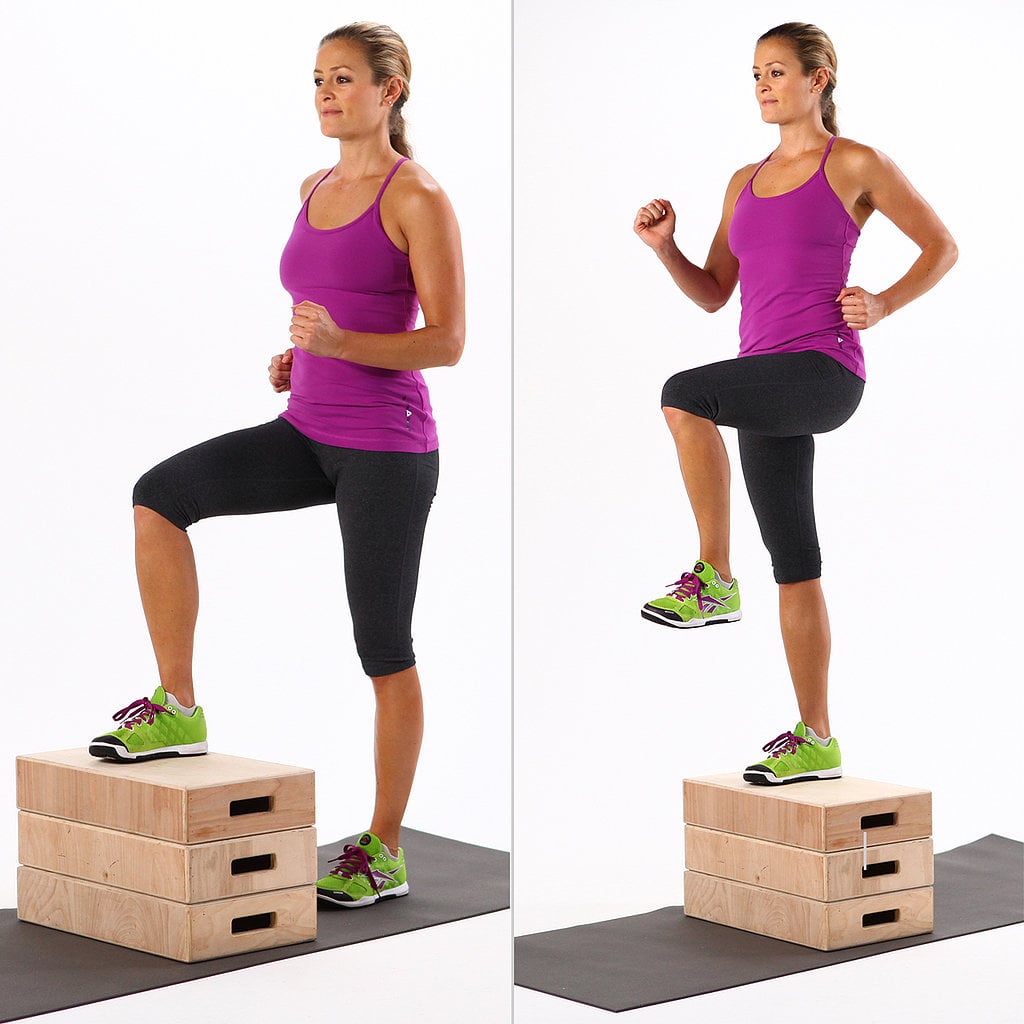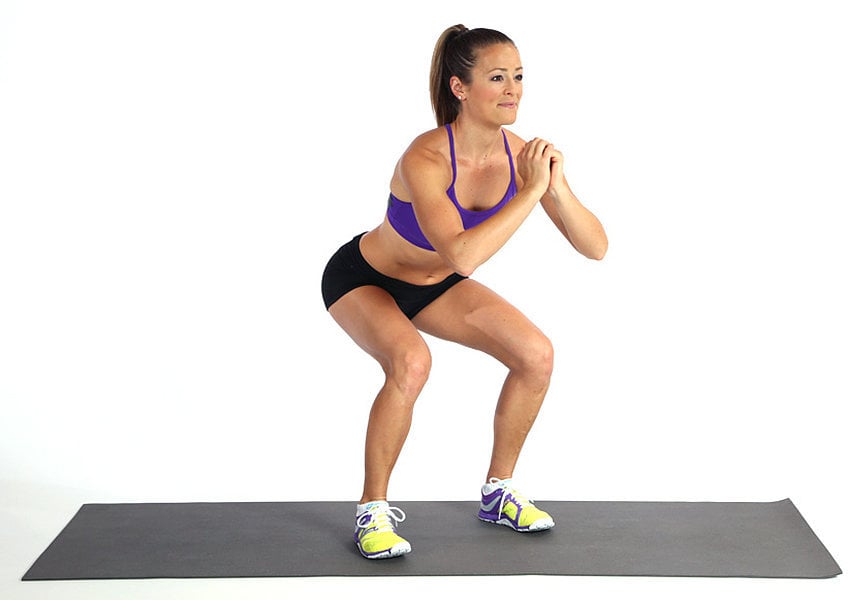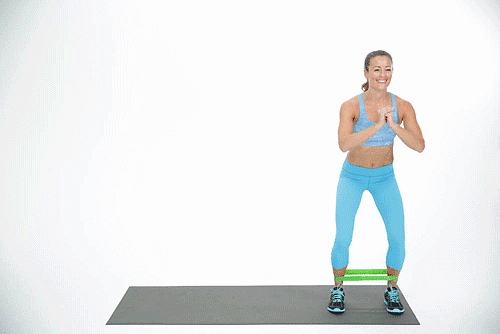You sit on it every day and might even take the padding on your backside for granted, but chances are high your butt is sleeping on the job. Lazy glutes have become so commonplace that Ohio State University physical therapist Chris Kolba PhD, MHS, coined the term dormant butt syndrome [1] to explain the issue. This problem, however, has long been acknowledged by personal trainers, and when training Pilates clients I referred to it as glute amnesia — the muscles have simply forgotten what to do, which is to turn on and engage to help absorb the impact of each step as you walk and run. When your glutes aren't firing the shock of the impact moves up and down the kinetic chain causing pain in the low back, hips, knees, even traveling as far as the ankles.
The problem stems from sitting for prolonged periods of time, which tightens the hip flexors — the muscles that pull the knee toward the belly — and eventually override the glutes turning them off, or to extend the metaphor putting them to sleep. The two muscle groups are "antagonists" and are at odds with each other like the hero and villain in a Shakespearean play (yes, a major muscle group not working is high drama). The muscles that pull the body into the fetal position, including the powerful hip flexors, tend to dominate their antagonists. In order to give your glutes a fighting chance in this power struggle, you need to loosen up the front of your hips and then fire up then booty. Here's how:
Loosen Your Tight Hip Flexors: Roll Your Quads
Grab a foam roller — most gyms have them — and roll out your quads, the muscle on the front of your thigh. Foam rolling is like a massage, gets the blood flowing, and preps muscles for stretching.
- Resting on your stomach, place the roller under the front of your thighs, lifting yourself into a basic plank position on your elbows.
- Pull with your arms to roll up and down the length of the quad. Do not roll over your knee joint.
- Continue this movement for 30 to 60 seconds.
Stretch Your Psoas
Use the roller to stretch your psoas, one of the powerful hip flexors that, when tight, can inhibit the glutes from working. Here's how:
- Place the roller perpendicular to your spine and lie with your sacrum, the back of your pelvis — not your spine — on the roller.
- Pull your left knee toward your chest, keeping your right heel on the ground. You should feel a stretch on the front of your left hip.
- To increase the stretch, reach your right arm over your head and open your knee slightly out to the left.
- Hold for 30 seconds, then switch legs.
If you own a roller, this is a great stretch to do while watching TV.
Stretch Your Quads
You need to loosen up the rectus femoris, the part of the quad that works both the hip and knee and acts as a powerful hip flexor.
- Begin in a lunge with your right foot forward. Slowly lower your left knee to the floor. If your knee is sensitive, place a towel under it.
- Take a few moments to find your balance, and once you're stable, reach your left arm back to grab your left foot. Pull your foot toward your pelvis to increase the stretch. Squeezing your left glute will increase the stretch, too.
- Hold for 30 seconds. Slowly release your hold on your left foot. Come back to the high lunge position, then switch sides with your left foot forward to stretch your right hip.
Roll Your Backside: Glute Max and Glute Med
Massaging these dormant muscles helps wake them up and preps them for the work to come.
- Lying on the floor, lift your legs, and place the roller at the back of your pelvis (aka sacrum).
- Gripping the ends of the roller for stability, slowly twist your lower body to the left, then to the right, to massage your glutes. Continue for 30 to 60 seconds.
- Adjust your body's position until you find the "sweet spot" or tight spot. Direct pressure will help to release knots.
Release Your Piriformis
The piriformis muscle [4], found under the glute max, runs laterally from the sacrum (back of the pelvis) to the outside of the upper thigh. It is small, but can get really tight.
- Sitting on the floor, place the roller in the middle of your glutes.
- Using a short and steady roll, move the roller back and forth for 30 to 60 seconds.
- To reach the entire muscle, adjust your position from side to side. Apply active release on specific tight spots by holding still for five seconds.
Work Your Butt: Single Leg Bridge
Working one leg at a time helps fire up the glutes, and holding one knee into the chest makes it easier to feel the butt working.
- Lie on your back and bring your left knee into your chest with your hands clasped just below your knee. Lift your right toes up, and press your right heel into the floor to lift your pelvis and torso off the floor.
- Lower your back and pelvis to the ground to complete one rep.
- Aim to do 12 to 15 reps on each side.
Donkey Kick With Weight
Don't focus on lifting the knee in this exercise, but move the thigh away from the floor by squeezing your butt. You can also do it without a dumbbell.
- Start on all fours, with your hands directly under your shoulders and your knees directly under your hips.
- Bend your right knee at a 90-degree angle and place a dumbbell in the crook of your knee.
- Slowly pulse your flexed foot toward the ceiling by squeezing your glutes. Your back should remain perfectly still in a neutral spine. The motion should be small and controlled with the muscle, not momentum, doing the work.
- Return to the starting position to complete one rep. Do 15 pulses on each side.
Bulgarian Split Squat
This exercise does double duty for those with sleepy butts. The glute on the front leg gets worked as you bend and straighten the knee. Actively squeeze the back glute to stretch out the back hip flexor (which we know is quite likely tight).
- Begin by placing the toes of your right foot on a bench, box, stair, or chair, with your left leg straight. Make sure your left foot is out far enough so that when you lower your hips, your knee stays directly over your ankle.
- Bend your left knee, squeeze your right glute, and lower your pelvis toward the ground.
- Press your left heel into the ground to straighten your left knee. The pelvis should be moving straight up and down, not forward and back. This completes one rep.
- Do 15 reps before switching legs.
Single-Leg Toe Touch
This move combines all the booty benefits of single-leg squats and single-leg deadlifts, but is much kinder to the knees.
- Begin standing with all your weight on your left foot.
- Keeping your spine long, reach forward, bending your left knee and touching your fingers to the floor a few inches in front of your toes. Keep your abs engaged to stabilize your torso. Your right leg will go behind you to help you balance.
- Press your left heel into the ground as you lift your torso to stand, bringing the right foot to touch next to the left foot. This completes one rep. Do 12 to 15 reps per leg.
Step-Ups
This exercise is great for engaging the glutes in movement that mimics the everyday activity of climbing stairs. It also gives sagging butts a little lift.
- Stand in front of the step and place your right foot in the center of the step.
- Step up, pressing through your right heel as you bring your left knee forward and up.
- Lower yourself back to the floor, with the foot landing quietly.
- Switch legs and repeat to complete one rep. Do 20 reps total.
Basic Squat
Squats are a classic leg and butt exercise, but if you tend to overwork your quads you need to really focus on your glutes throughout the motion.
- Stand with your feet shoulder-width apart or slightly wider. Extend your hands straight out in front of you to help keep your balance. You can also bend the elbows or clasp the fingers.
- Sit back and down like you're sitting into an imaginary chair. Keep your head facing forward as your upper body bends forward a bit. Rather than allowing your back to round, let your lower back arch slightly as you descend.
- Lower down so your thighs are as parallel to the floor as possible, with your knees over your ankles. Press your weight back into your heels to fire up your glutes.
- Push through your heels, feeling the glutes engage, to return to standing.
Side Stepping Squat With Band
The above exercises focus mainly on the glute max, but this move is great for working the glute medius, located on the sides of the pelvis. This butt muscle stabilizes the pelvis and prevents too much swaying side to side.
- Place a resistance band around your ankles. Start with a lighter band and work your way up to a heavier band.
- Begin standing with feet directly underneath your hips and your hands on your hips.
- Squat halfway down and sidestep to the right, leading with your heel to make the glute muscles engage as far as you can manage without allowing your knees to rotate toward each other. Bring the left leg toward the right with enough space to keep some resistance in the band. Concentrate on keeping your pelvis level as you move sideways.
- Step to the right 10 times, then reverse, stepping to the left 10 times. Repeat for three sets.

